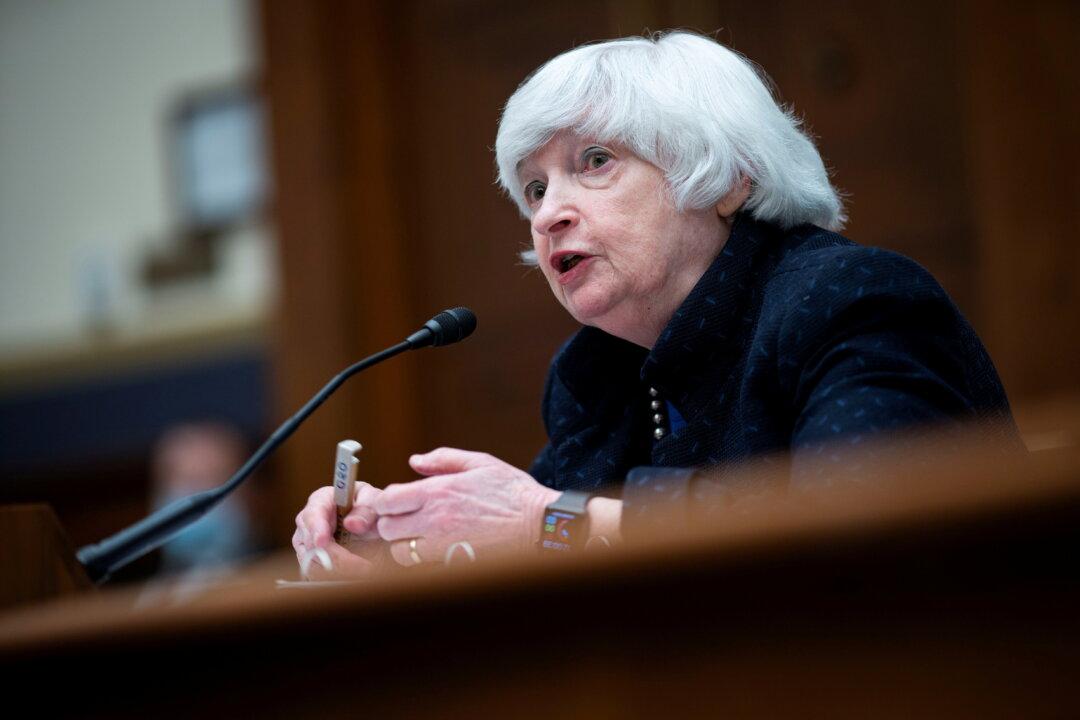Treasury Secretary Janet Yellen said Sunday that the COVID-19 pandemic is a key factor in rising inflation and that controlling the virus is paramount to getting inflation levels down.
Asked whether she believes prices for the average American will be down by next November, Yellen told CBS’s “Face the Nation” that it “really depends on the pandemic.”





